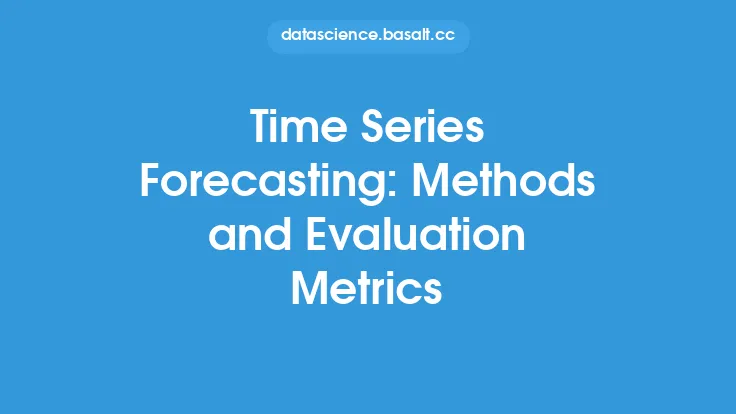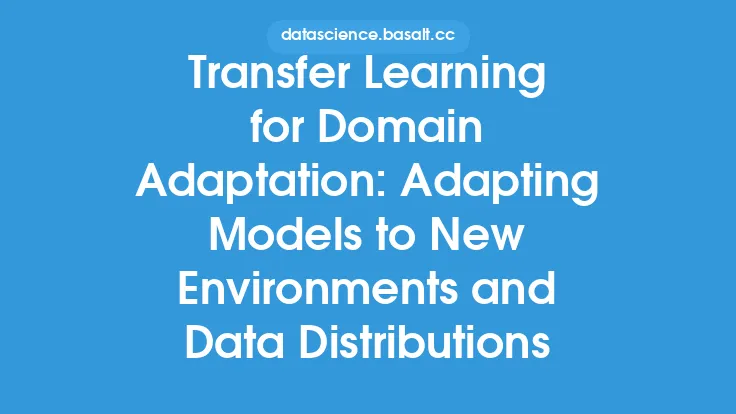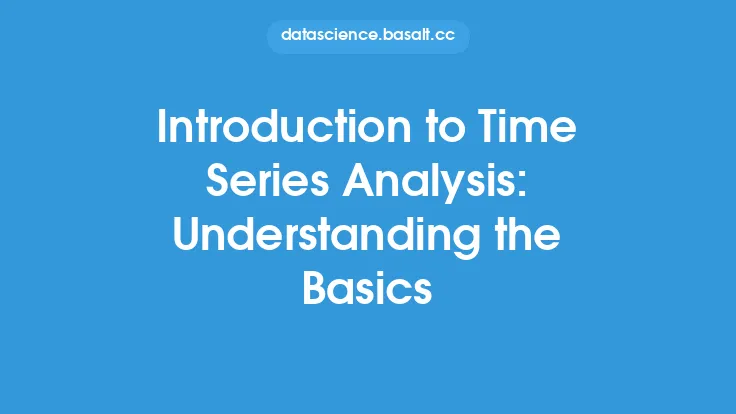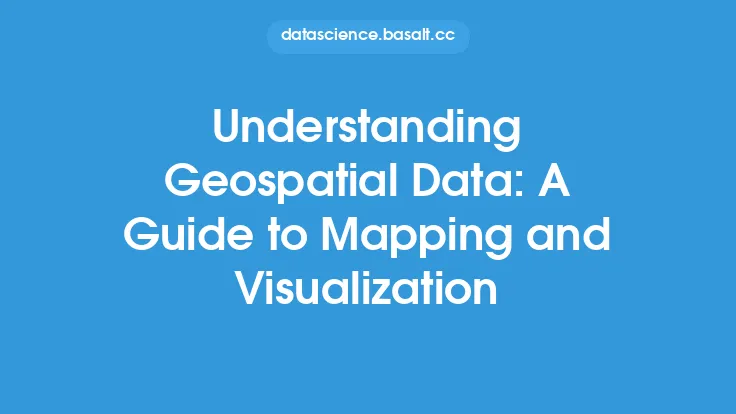Time series analysis is a crucial aspect of statistics, and it involves the use of various models to forecast future values based on past data. Among these models, ARIMA and SARIMA are two of the most popular and widely used techniques. In this article, we will delve into the details of ARIMA and SARIMA models, their components, and how to implement them.
Introduction to ARIMA Models
ARIMA models are a class of statistical models that are used to forecast future values in a time series. The name ARIMA is an acronym that stands for AutoRegressive Integrated Moving Average. The model is composed of three main components: the autoregressive (AR) component, the integrated (I) component, and the moving average (MA) component. The AR component uses past values to forecast future values, the I component accounts for non-stationarity in the data, and the MA component uses the errors (residuals) from past predictions to improve future forecasts.
Components of ARIMA Models
The ARIMA model is defined by three parameters: p, d, and q. The parameter p refers to the number of autoregressive terms, d refers to the degree of differencing (i.e., the number of times the data needs to be differenced to make it stationary), and q refers to the number of moving average terms. For example, an ARIMA(1,1,1) model has one autoregressive term, is differenced once, and has one moving average term.
Introduction to SARIMA Models
SARIMA models are an extension of ARIMA models that also account for seasonality in the data. The name SARIMA is an acronym that stands for Seasonal AutoRegressive Integrated Moving Average. In addition to the three parameters of the ARIMA model (p, d, and q), the SARIMA model also has three additional parameters: P, D, and Q. The parameter P refers to the number of seasonal autoregressive terms, D refers to the degree of seasonal differencing, and Q refers to the number of seasonal moving average terms.
Components of SARIMA Models
The SARIMA model is defined by six parameters: p, d, q, P, D, and Q. The parameters p, d, and q are the same as in the ARIMA model, while the parameters P, D, and Q account for seasonality. For example, a SARIMA(1,1,1)(1,1,1)12 model has one autoregressive term, is differenced once, has one moving average term, has one seasonal autoregressive term, is seasonally differenced once, has one seasonal moving average term, and has a seasonal period of 12.
Stationarity and Differencing
One of the key assumptions of ARIMA and SARIMA models is that the data is stationary. Stationarity means that the statistical properties of the data (such as the mean and variance) are constant over time. If the data is not stationary, it needs to be differenced to make it stationary. Differencing involves subtracting each value from its previous value, which helps to remove trends and seasonality.
Parameter Estimation
The parameters of ARIMA and SARIMA models are typically estimated using maximum likelihood estimation (MLE) or Bayesian methods. MLE involves finding the values of the parameters that maximize the likelihood of observing the data, while Bayesian methods involve updating the prior distribution of the parameters based on the observed data.
Model Selection
Model selection involves choosing the best model based on the data. This can be done using various criteria such as the Akaike information criterion (AIC), the Bayesian information criterion (BIC), or the mean squared error (MSE). The AIC and BIC criteria penalize models with more parameters, while the MSE criterion penalizes models with larger errors.
Implementation
ARIMA and SARIMA models can be implemented using various software packages such as R, Python, or MATLAB. In R, the `arima()` function can be used to fit ARIMA models, while the `sarima()` function can be used to fit SARIMA models. In Python, the `statsmodels` library provides functions for fitting ARIMA and SARIMA models.
Example
Suppose we have a time series dataset of monthly sales data for a company. The data shows a strong seasonal pattern, with higher sales during the summer months. We can use a SARIMA model to forecast future sales. First, we need to difference the data to make it stationary. Then, we can use the `sarima()` function in R to fit a SARIMA model to the data. The output of the function will provide the estimated parameters of the model, which can be used to generate forecasts.
Conclusion
ARIMA and SARIMA models are powerful tools for forecasting time series data. By understanding the components of these models and how to implement them, analysts can generate accurate forecasts and make informed decisions. While this article has provided a detailed overview of ARIMA and SARIMA models, it is essential to note that the specific implementation details may vary depending on the software package or programming language used.





